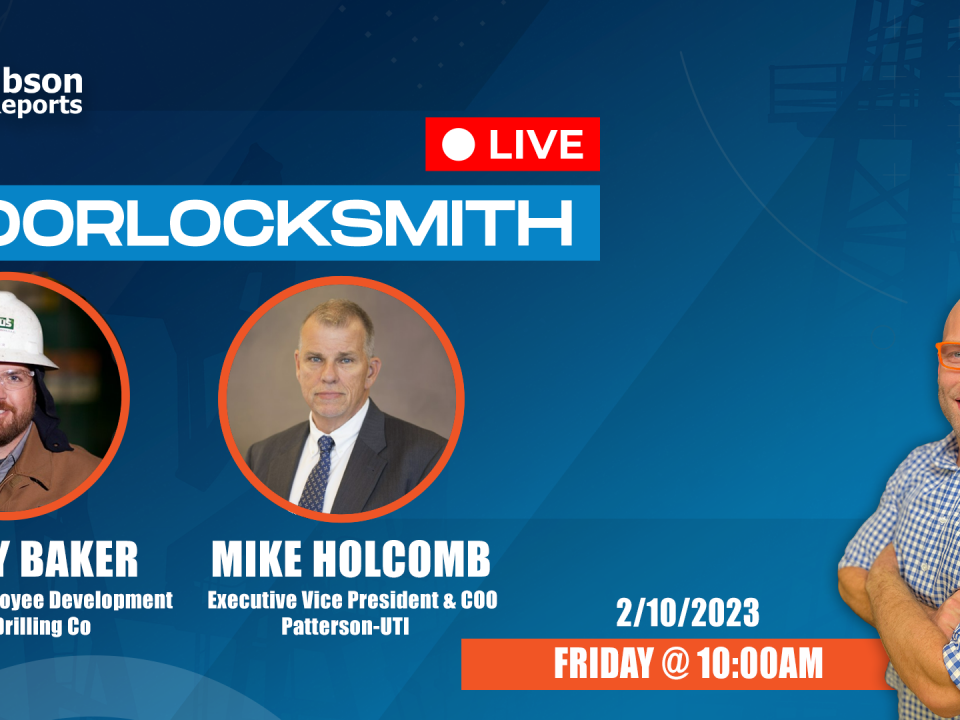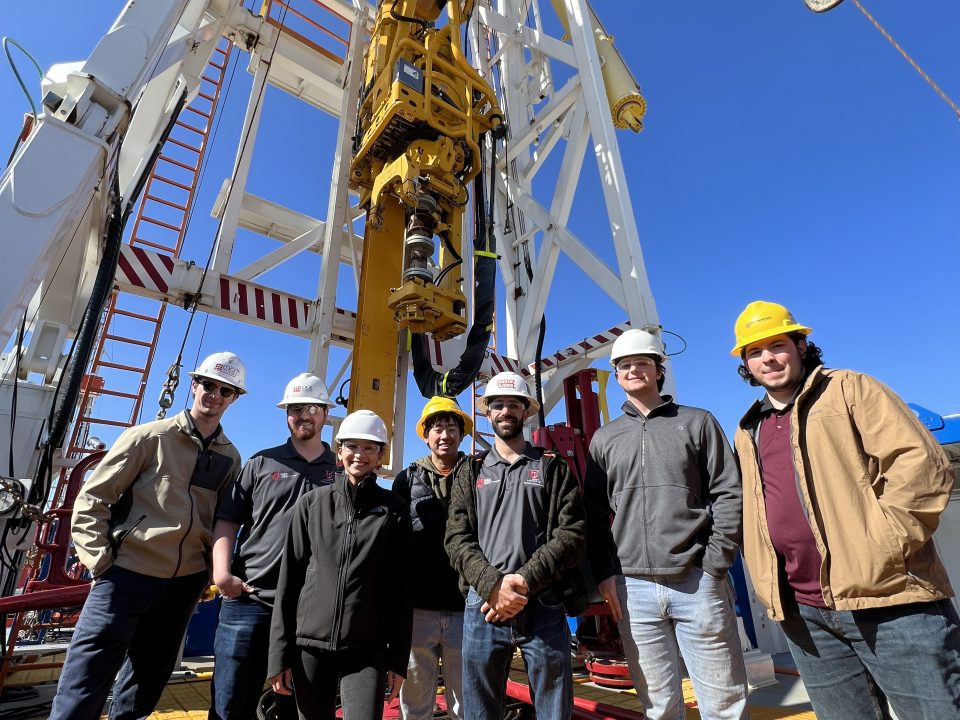Use and Care of Spinning Chain
Use and Care of Spinning Chain
The spinning chain is basically a strong, efficient working tool. However, overloading, faulty rigging, or general mishandling can render it unsafe, causing possible damage to valuable equipment or injury to operating personnel.
To ensure chain safety, constant vigilance must be maintained to see that chains are correctly applied, properly maintained and periodically inspected.
1. The spinning chain shall not be used wholly or in part with any cathead except as a spinning line. Do not use for loads, tying snatch blocks, or as slings, etc.
2. Spinning chain shall not be used in any spinning line with an automatic cathead unless such cathead is equipped with a manually operable cathead clutch or other device adequate to keep the rotation of the cathead under control at all times it is in use. Such clutch or device shall be of a type that will automatically release when not manually held in the engaged position.
3. Every chain used in a spinning line should have a fiber tail rope, 8” in length, securely fastened to the end of the chain at the pipe. When such spinning line is being used to rotate a pipe, the employee handling the pipe end of the line, shall hold onto the tail rope and not to the chain. A long tail rope has caused many broken, mashed, and bruised arms, fingers, etc. This is caused by the tail rope getting a hitch or wrap on a man’s hand.
4. A spinning line that contains chain and is manually operated on a cathead, shall have a fiber rope securely fastened to the cathead end of the chain. Strength of such rope shall not exceed that of the chain. Only the fiber rope part of the line shall be permitted to come in contact with the cathead.
5. The use of a spliced chain, either new or old, in any spinning line is prohibited.
6. Before an employee is required or permitted to use a spinning line that contains chain, he shall be given adequate instructions in its safe use.
7. A chain having a broken or distorted link, or a link with the metal reduced by wear at any point to less than 90% of its original cross section area, shall be discarded at once from further use as a spinning line or any other use.
Check each link — the following are danger signs:
a) Twisted and bent links
b) Cracks in any section of the link
c) Marks, scores or nicks
d) Pits from corrosion
e) Lifted fins, usually caused by over loads
f) Wear at bearing points
g) Stretched links
h) Binding, caused by link collapse at the sides because of stretch or by being crushed under a load
8. Using the spinning chain:
a) See that other crewmen are in the clear when throwing.
b) Keep links out of heels of tong jaws.
c) Keep chain above the pin end of the pipe.
d) Use enough wraps to prevent slipping.
e) When chain is caught between tool joints – remove by hand, not by jerking the cathead lever. Be sure that the driller has released the cat head lever and removed his hand from the lever control before attempting to pull the chain from the tool joints.
f) Do not run cathead too fast when making up drill pipe.
g) See that the driller has all the slack out of the cathead line before he throws all the power to spin up a joint.
h) Hold the chain until the driller releases the cathead.
i) Use a long enough chain to prevent “taking away” from the back-up man.
9. Do not use a worn spinning chain for lifting or securing equipment. Worn spinning chain should be discarded.




